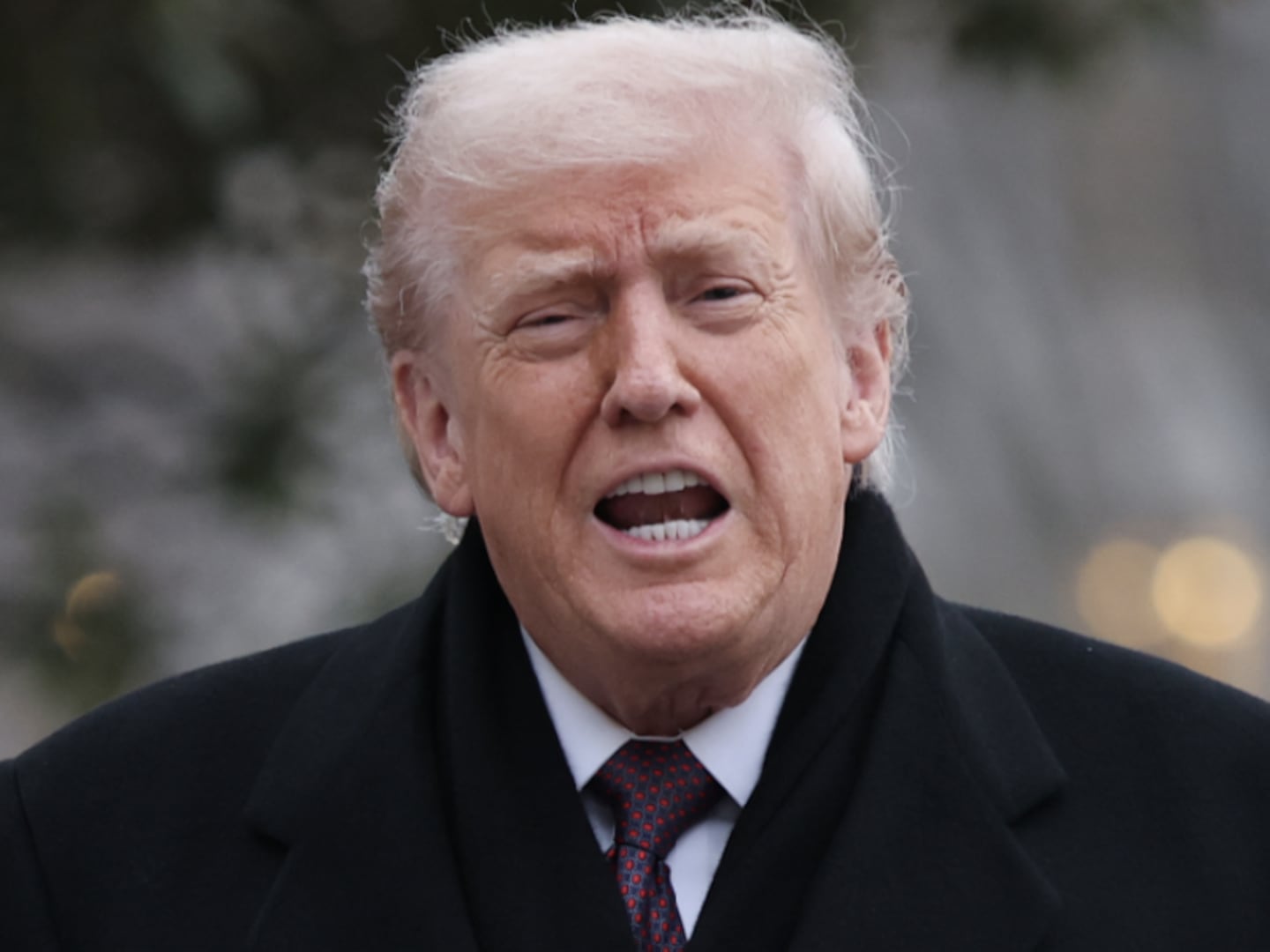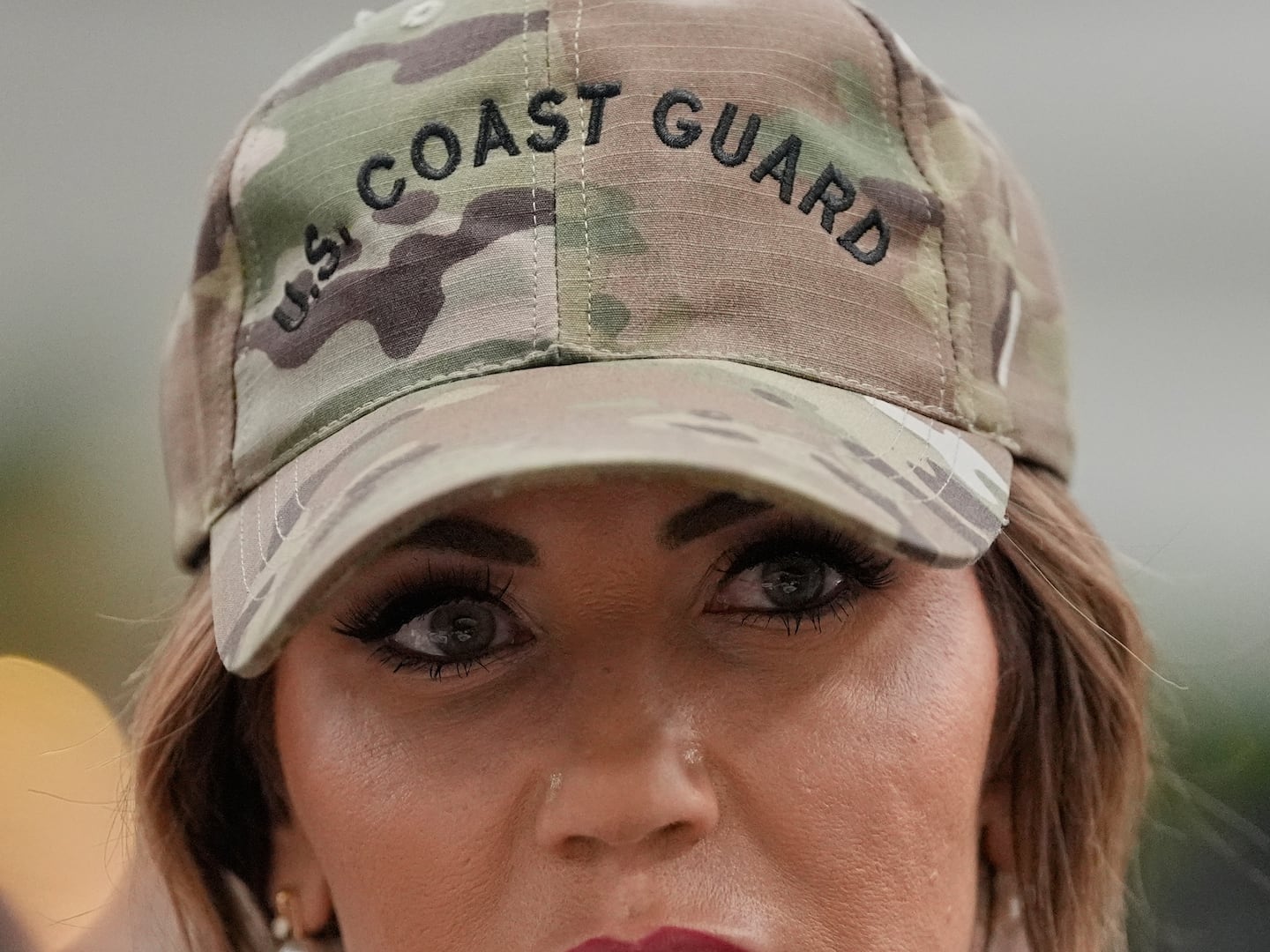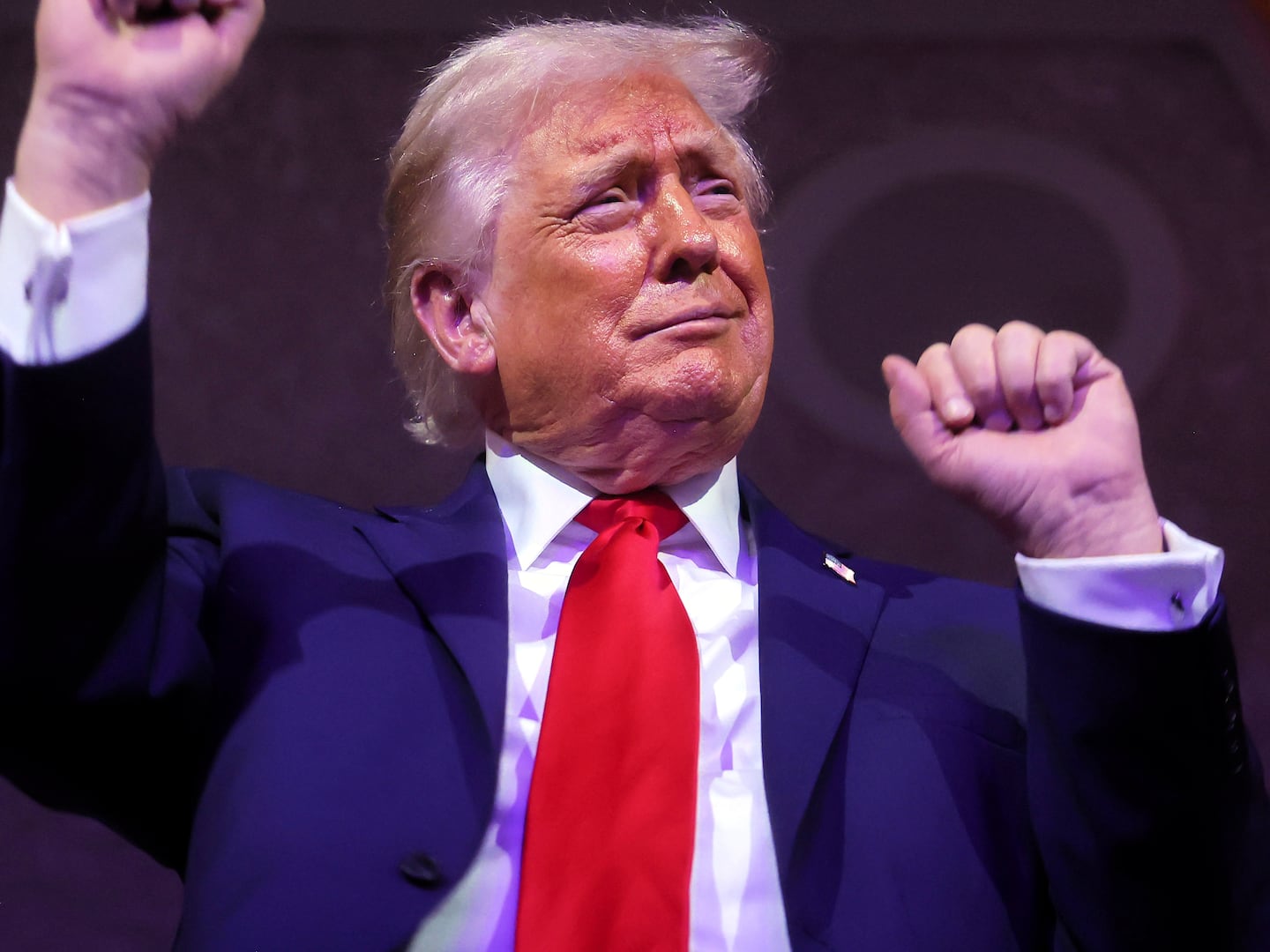News that the National Security Agency was working with leading tech companies like Verizon, Google, Apple, and Facebook to collect sweeping amounts of telephone and Internet usage data rankled the halls of power in Washington, D.C. Unhappy its secret program became public knowledge, government officials vowed to find the person who leaked the information and asked criminal prosecutors to investigate.

But Edward Snowden beat them to it. The 29-year-old, who once worked as a technical assistant at the Central Intelligence Agency and more recently as an analyst at the NSA, came forward Sunday to acknowledge that he was behind the leak. (The companies implicated in the surveillance dragnet have mostly denied any involvement.) Snowden wasn’t employed directly by the government but instead worked for private companies such as Dell and Booz Allen Hamilton, which supply personnel to federal intelligence agencies. So how did a contractor have access to top-secret documents in the first place?
Since the 9/11 terrorist attacks, the government has quietly expanded its intelligence force through budget maneuvers that allowed the CIA and other agencies to circumvent traditional hiring practices. The idea was to cut costs and bureaucratic red tape by hiring contractors. In practice, the government was throwing money at people who were leaving its own ranks to join private companies that could charge Uncle Sam more.
As The Washington Post detailed in its groundbreaking “Top Secret America” investigation, contractors have been used to kill enemy fighters, spy on foreign governments, put together war plans, and almost everything in between. The scope of the work being carried out by private industry is massive.
“Close to 30 percent of the workforce in the intelligence agencies is contractors,” reporters Dana Priest and William M. Arkin wrote in 2010. The two estimated that about 2,000 companies have employees who perform top-secret tasks for the government, and more than a quarter of those businesses were established after 2001.
Getting a handle on the number of contractors with secret clearances who work for government agencies was a difficult task until 2010, when Congress stepped in and required the president to submit a report on the data. As of October 2012, nearly 5 million people held some sort of U.S. government clearance, according to the director of national intelligence. Roughly 1.4 million people had top-secret authorization, but only half of those were direct government employees. More than 480,000 contractors held top-secret credentials, while another 135,000 were categorized as “other.”
It’s not just the NSA and CIA that depend on contractors. The Department of Homeland Security, the National Reconnaissance Office, and the Pentagon all rely on outside help to keep their intelligence-gathering activities going. At DHS, for example, more than half of the workforce came from private firms, according to Priest and Arkin’s 2010 report. At one point the NSA had close to 500 companies routing personnel its way. The NRO is also highly dependent on contractors to maintain its fleet of surveillance satellites.






